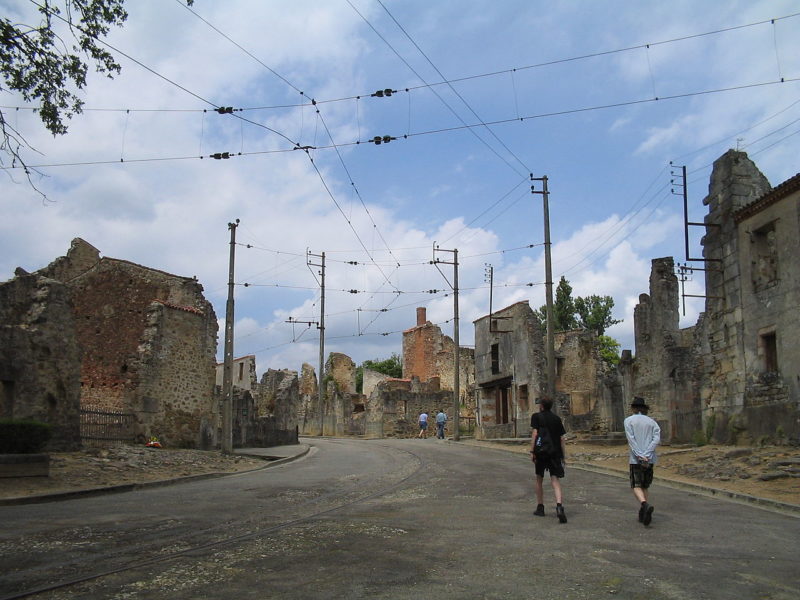Today, Oradour-sur-Glane is a quiet place, somewhat modern, filled with people going about their daily lives. At first glance, it seems that there is nothing special about this village, but its history holds a rather dark story. A story filled with ghosts and memories, both distant and recent, that surfaces immediately at the mention of World War Two.
This period bears a lot of pain for millions of people throughout the world, but it seems that for the residents of Oradour-sur-Glane, this pain becomes intensified on June 10th every year. Seventy-four years ago, the village witnessed a brutal massacre — an event in which hundreds of people were burned, slaughtered, and machine-gunned.
Scroll down for drone footage
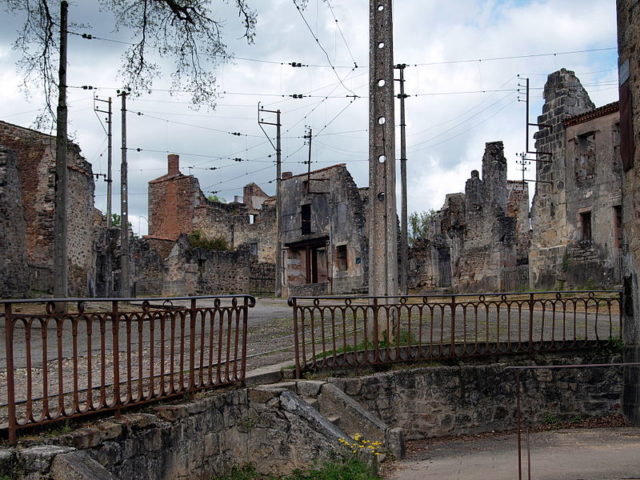
It began on June 10, 1944, when the troops of the 2nd Waffen-SS Panzer Division entered the village. An order was given out for every villager to leave their home and have their ID at the ready.
When a great number of Nazi soldiers blockade your village, there is little left to do except comply with their orders. What followed next would go down in history as one of the bloodiest massacres of World War Two.
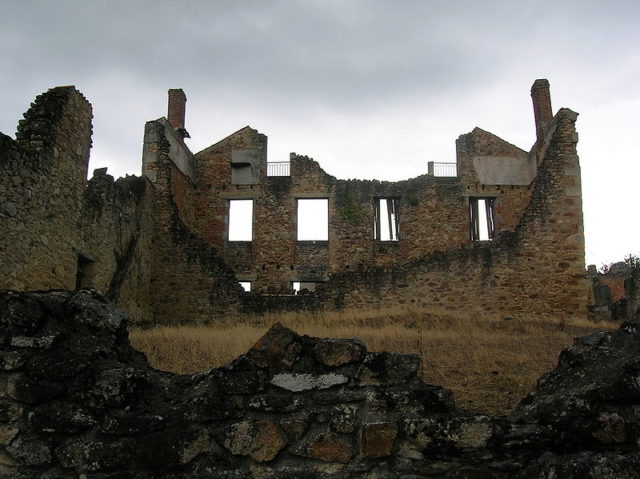
The women and children were locked inside the village church and attacked with grenades thrown from the outside. The men, on the other hand, were taken to six different barns. They were then set upon with machine guns and the barns were set on fire. Only six men managed to survive. As the village houses were then empty, the Nazi soldiers took the opportunity to plunder everything they could get their hands on.
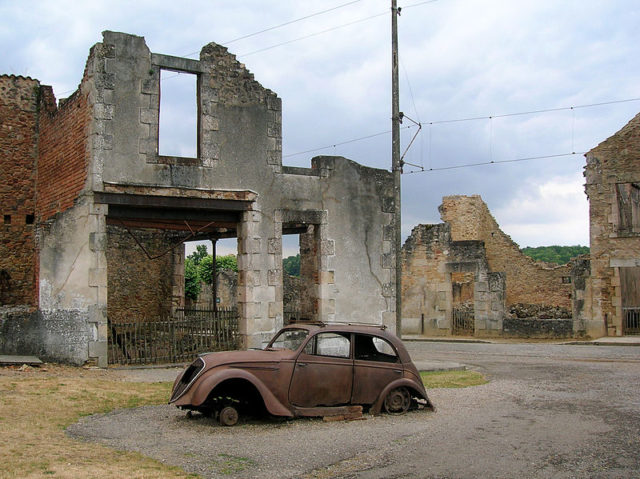
Why this village? The answer to that question is closely linked with the attack on Normandy and the Allied landings on its shores. As the D-day operation was on its way, French resistance groups did everything in their power to slow down Nazi operations. Needless to say, the Germans weren’t particularly happy about these activities and took measures to subdue the resistance.
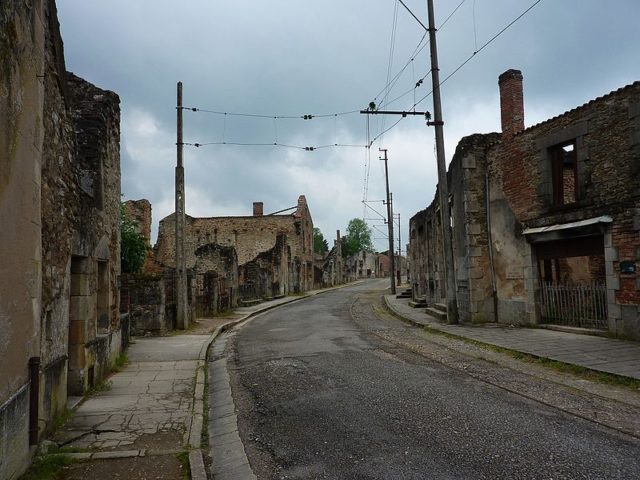
The German 2nd Waffen-SS Panzer Division, led by General Heinz Bernhard Lammerding, was drafted in for this cause. By January 1944, the division reached the French town of Montauban with the intention of killing every supporter of the resistance. Lammerding was already experienced in mass killings and the torching of whole villages. Before reaching France, he had already burned down a number of Soviet Villages and killed thousands of people.
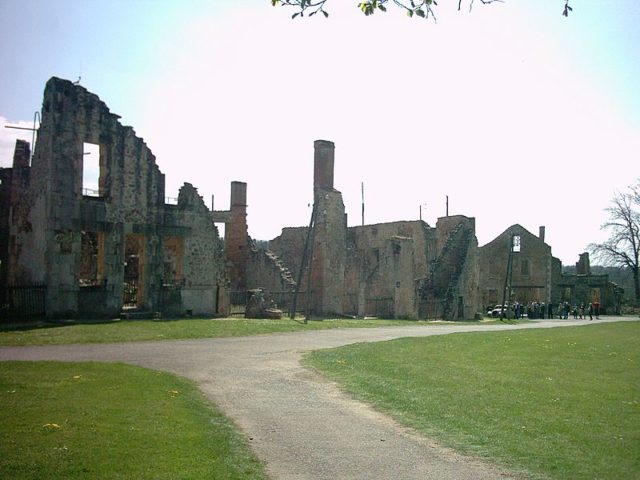
The division came to the village of Oradour-sur-Glane with these same intentions. The soldiers arrived a day after they had hanged almost a hundred men from the village of Tulle, on June 9, 1944.
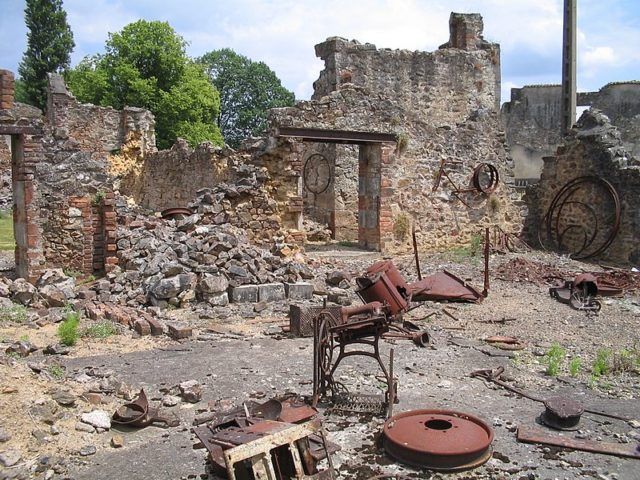
The idyllic village that was once home to 650 people who lived, fished, and farmed in its surroundings would soon take on a deserted, post-apocalyptic appearance. 197 men, 240 women, and 205 children were all killed in a horribly gruesome way.
The village was now empty, and the soldiers set about burning it to the ground. As the day drew closer to its end, they withdrew. Unbeknownst to them, six people managed to miraculously survive and lived to tell the story.
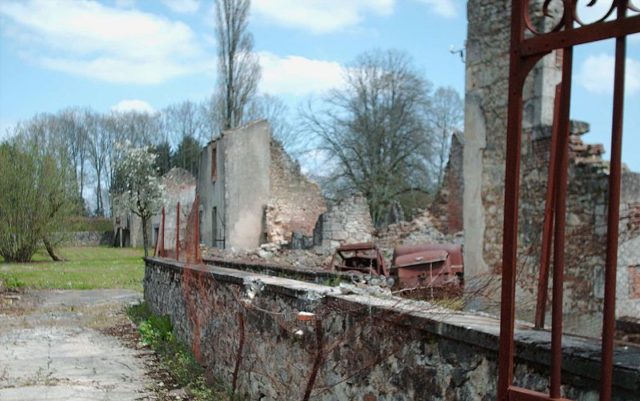
One of these survivors was a man by the name of Robert Hébras. In 2013, when he was 88-years-old, Hébras gave a speech in 2013 in front of the French president François Hollande and the German President Joachim Gauck. The event was held inside the church where all the women and children were killed.
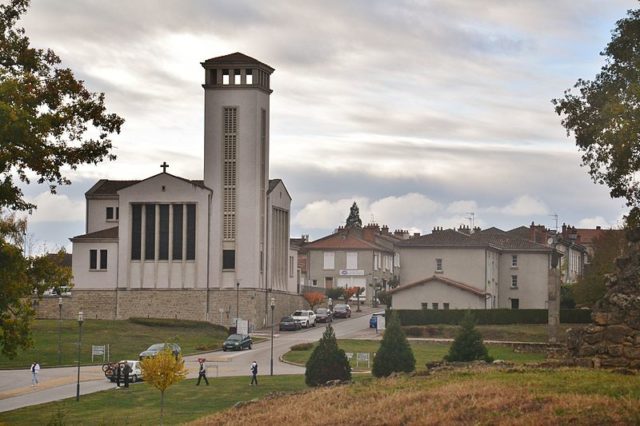
After World War Two was over, French authorities declared that the old village would remain in its current state and would serve as a monument and a painful reminder of June 10, 1944. Nothing was changed and the whole village was conserved. The new Oradour-sur-Glane was erected not far from the old village and thrives to this very day.
